Spirea argut: description, planting and care
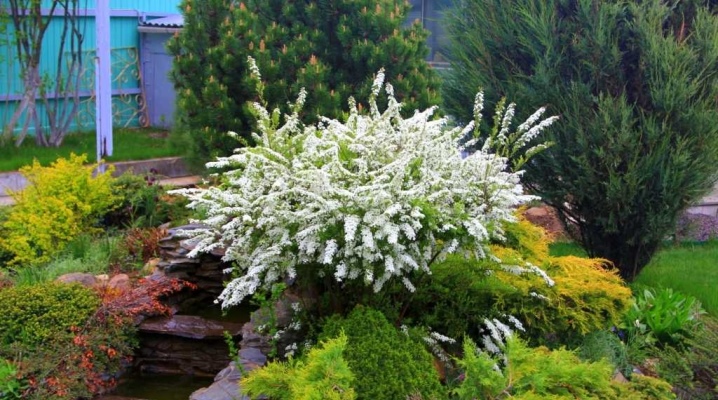
Spirea of the argument, although it does not look too bright and impressive, but organically fits into the landscape design of any site. A lush bush, covered with snow-white flowers, is unpretentious and able to tolerate low temperatures without problems.

Peculiarities
Spirea Arguta is an ornamental hybrid shrub belonging to the Pink family. The description of the variety says that it is a combination of two varieties of spirea - multiflorous and Thunberg. The shrub reaches a height of 2 meters, and its diameter can reach 3 meters. The leaves of the spirea arguta are rather narrow, with a rich green color and peculiar teeth, thanks to which it is often called "sharp-serrated". The plate is 4 centimeters long. The thin branches of the plant naturally form arcs.
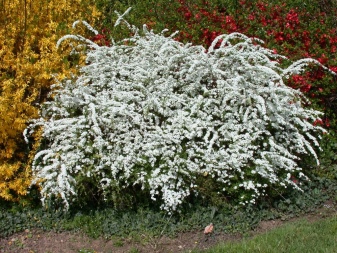
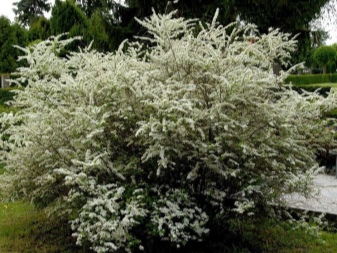
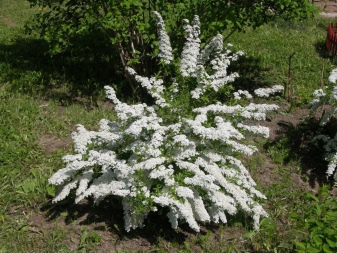
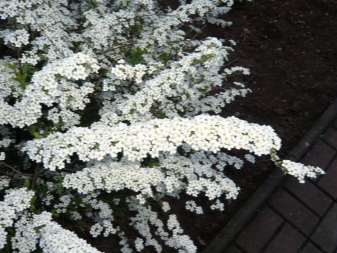
Flowering occurs from late spring to the last days of June. At this time, snow-white buds, united in umbellate inflorescences, open on the bush. The diameter of one bud is 8 millimeters, and it is formed from 5 petals. The presence of stamens inside contributes to the creation of the effect of fluffy flowers. The flowering of spirea arguta is abundant and very beautiful, accompanied by the appearance of a honey smell. New flowers appear on last year's shoots.
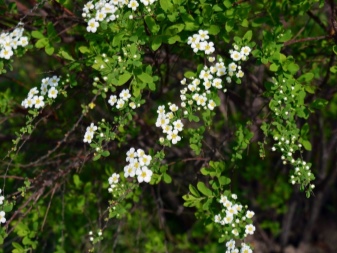
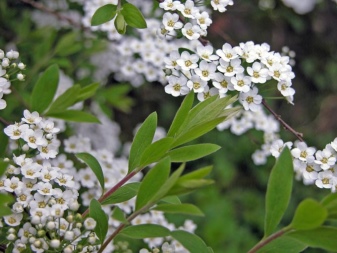
In a year, the length of the branches increases by only 10-20 centimeters, but the shrub still needs regular pruning. The culture is unpretentious and frost-resistant, withstanding temperatures dropping to -40 degrees.
How to plant?
Planting spirea argut occurs either in the spring after the end of the frost, or in the fall before, respectively, the beginning of the frost. Ideally, the procedure should take place on a cloudy day with relatively low temperatures. It is not forbidden to plant container plants at any time. Although spiraea is able to develop on any surface, experts recommend adding turf or leafy soil, as well as sand with peat, to the pit. The place should be shady.
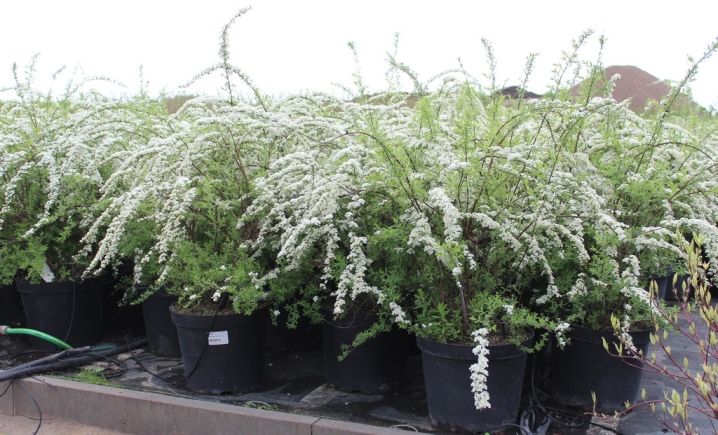
Planting material must be of high quality, grown independently or purchased in a proven nursery. It is not forbidden to use both seedlings with open and closed root systems. In the event that the seedling is removed from the container, it must be well watered in order to remove it directly with the earthen clod.
Seedlings with an open root system are prepared in a slightly different way. 24 hours before the planned planting, soaking is carried out in a manganese solution or a root stimulator. If necessary, the roots are shortened with a disinfected and sharpened knife to a length of 20 to 25 centimeters. The cut must be flat. The shoots are shortened so that only 4 to 5 buds remain along the entire length.

The site on which the spirea of the argut will be planted is dug up, weeded and cleaned of the remains of other plants, as well as weeds. The hole is created in such a way that its dimensions are a couple of times larger than the dimensions of the root system. If the shrubs are planted separately, then an interval of one to a couple of meters must be maintained between them. When creating a hedge, the distance between seedlings is 70-80 centimeters.

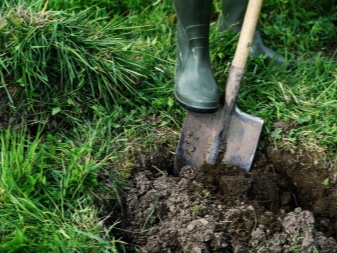
The bottom is covered with a drainage layer, the thickness of which ranges from 10 to 15 centimeters.For this purpose, materials such as large pebbles or pieces of brick are suitable. The rest of the pit is filled with a fertile but loose soil mixture, which is immediately watered until the water goes down to depth.
In the central part, a small slide is being built on which a spirea seedling is placed. The roots are straightened and covered with earth so as not to cover the root collar. Argut is irrigated, but it is important to ensure that the water does not drag the seedling down. The root zone is immediately mulched using peat or humus.
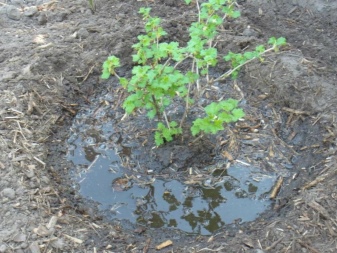

How to take care of it properly?
Caring for the spirea of the argut consists of the usual stages inherent in most ornamental shrubs. Irrigation should be regular but moderate to prevent waterlogging. In the summer heat, plants should be watered every 3 days, and if the weather is adequate, then the frequency can be reduced to once a week. As a rule, one shrub has to spend about 15 liters of settled water, after which mulching and loosening of the surface must be carried out. If weeds appear next to the spirea, then it is recommended to weed them immediately, since their presence contributes either to the spread of insects or to contamination of the crop.


Timely pruning is extremely important for the shrub, the main task of which is the formation of the crown. In addition to the aesthetic effect, this procedure also contributes to the emergence of new strong shoots, which will be covered with snow-white buds next year. Be sure to remove most of the young branches that have grown during the summer period in order to avoid thickening. All pruning is divided into several varieties: sanitary, shaping, stimulating and rejuvenating.

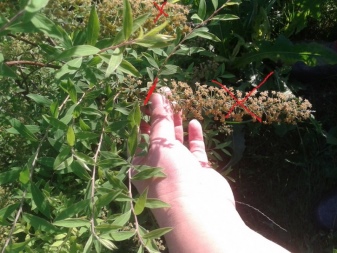
Sanitary pruning begins in the second year of development of the spirea of the argut. During it, dried shoots, which are a carrier of pathogenic spores and insects, are eliminated. Shoots that have deteriorated during the winter cold are also cut off. Therefore, sanitary pruning is carried out in early spring, while the buds of the plant have not yet opened. Additionally, damaged shoots will need to be removed throughout the summer.
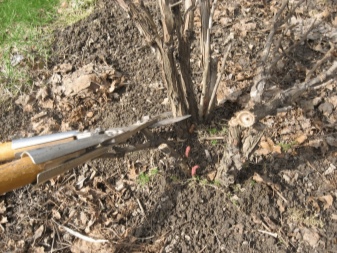
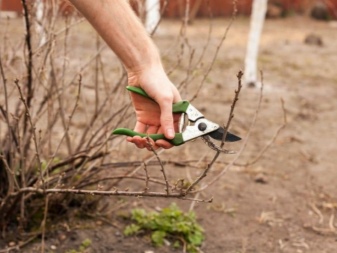
Stimulating pruning is done in early spring, but only when the crop is 3 or 4 years old. During the procedure, all weakened processes are removed, as a result of which the bush is healed.
Formative pruning must be addressed in either spring or autumn and its main purpose is to create a beautifully shaped shrub crown. Besides, we must not forget about the rejuvenation of the bushes, which is necessary for spirits who have reached 15 years of age. This pruning is carried out a couple of days before the winter frost and consists in cutting the branches right at the root. Speaking about caring for the argument, one cannot fail to mention the application of fertilizers. The optimal composition is a mixture of organic substances such as compost and mineral complexes. The thickness of the compost should vary from 5 to 7 centimeters, and 30 g of urea and 100 g of Kemira are suitable as mineral fertilizers.
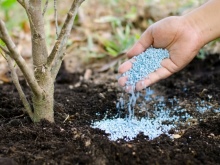
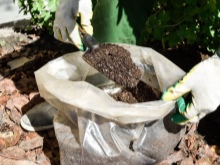
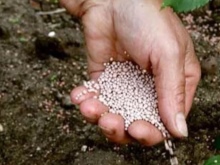
Since the culture is frost-resistant, it does not need special shelter for the cold weather. However, it is better to protect the roots with compost or humus, the layer of which should be up to 30 centimeters. Young shrubs, that is, those that have not reached the 4-year mark, are additionally mulched, and the tied branches are wrapped in burlap.
Reproduction methods
There are several ways to reproduce the spirea of the argut. With the help of seeds, this will definitely not work, since this variety is hybrid. But cuttings and layering will work successfully.
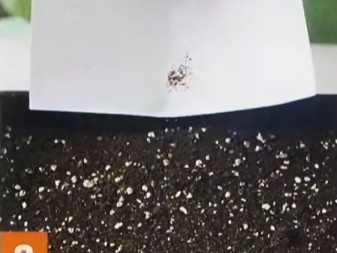
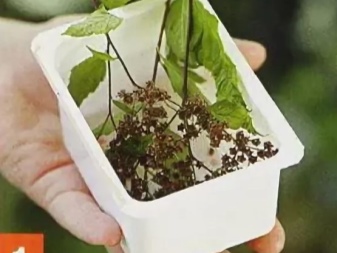
The cuttings are prepared in the summer, after which their lower part is freed from the leaves, and the stem itself is slightly scratched to better stimulate the emergence of roots. Each stalk is deepened in such a way as to go into the ground for a couple of centimeters, after which it is covered with earth and abundantly irrigated. For the first time, the spirea is covered with a plastic bottle that imitates a greenhouse. You can transplant such a seedling a year later.
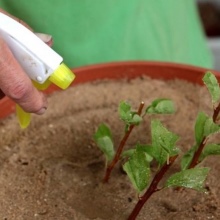
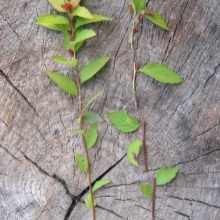
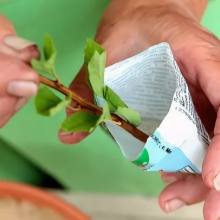
Reproduction by layering is carried out in the spring. The spirea shoot is fixed at the surface of the earth and covered with earth. During the summer period, the layers will have to be regularly irrigated, and then next spring the spirea can already be planted in a permanent habitat, separating it from the mother plant.
Diseases and pests
Spirea arguta has an innate immunity against many common diseases. However, the shrub is very often the target of most pests, from spider mites to caterpillars. The spider mite not only covers the surface of the spirea with cobwebs, but also gnaws at the foliage and inflorescences of the bush. The plates then turn yellow, dry up and sink to the ground. To solve the problem, processing with the help of "Keltan", "Karbofos" or "Akreks" will be required.
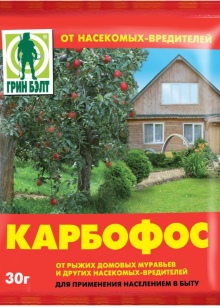
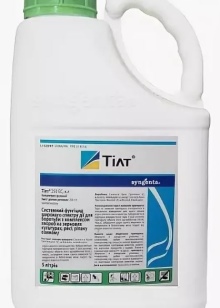
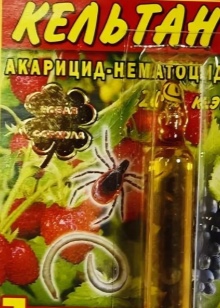
From aphids, the leaf plates of the spirea of the argut and its inflorescences, from which the insect sucks the juices, deteriorate most of all. The attack of pests takes place from the end of June to August. Treatment is carried out with the help of specialized drugs, for example, 5% "Pirimor", which goes deep into the ground by 2-5 centimeters. In this situation, one square meter of land will require 15 grams of a medicinal product. When attacking a rose leafworm, which gnaws holes in the leaves, and the bush begins to dry out, the use of "Pyrimor" and "Bitoxibacillin" of the required concentration will be required.
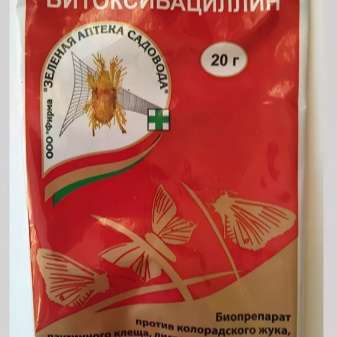
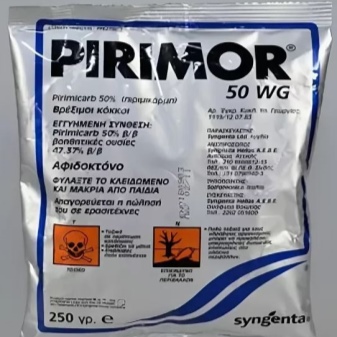
Use in landscape design
Spirea arguta is ideal for the implementation of landscape design ideas. Most often, the shrub is used either in a single planting, or to form a hedge. The culture looks good on its own, or in combination with conifers acting as a background.
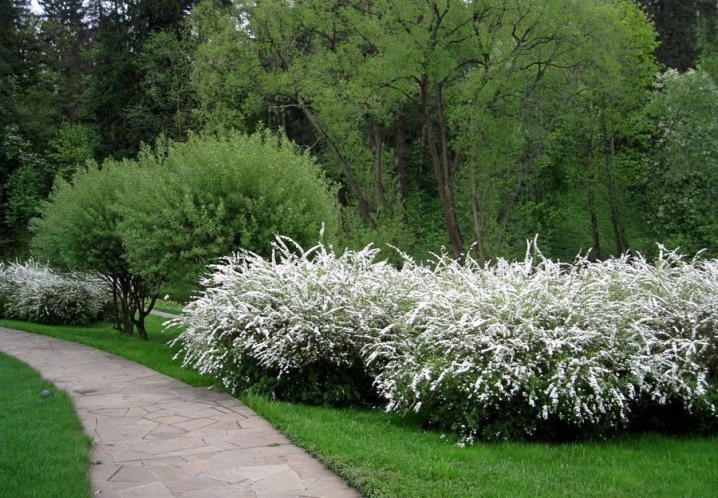
For information on how to properly care for the argut spire, see the next video.



































































The comment was sent successfully.